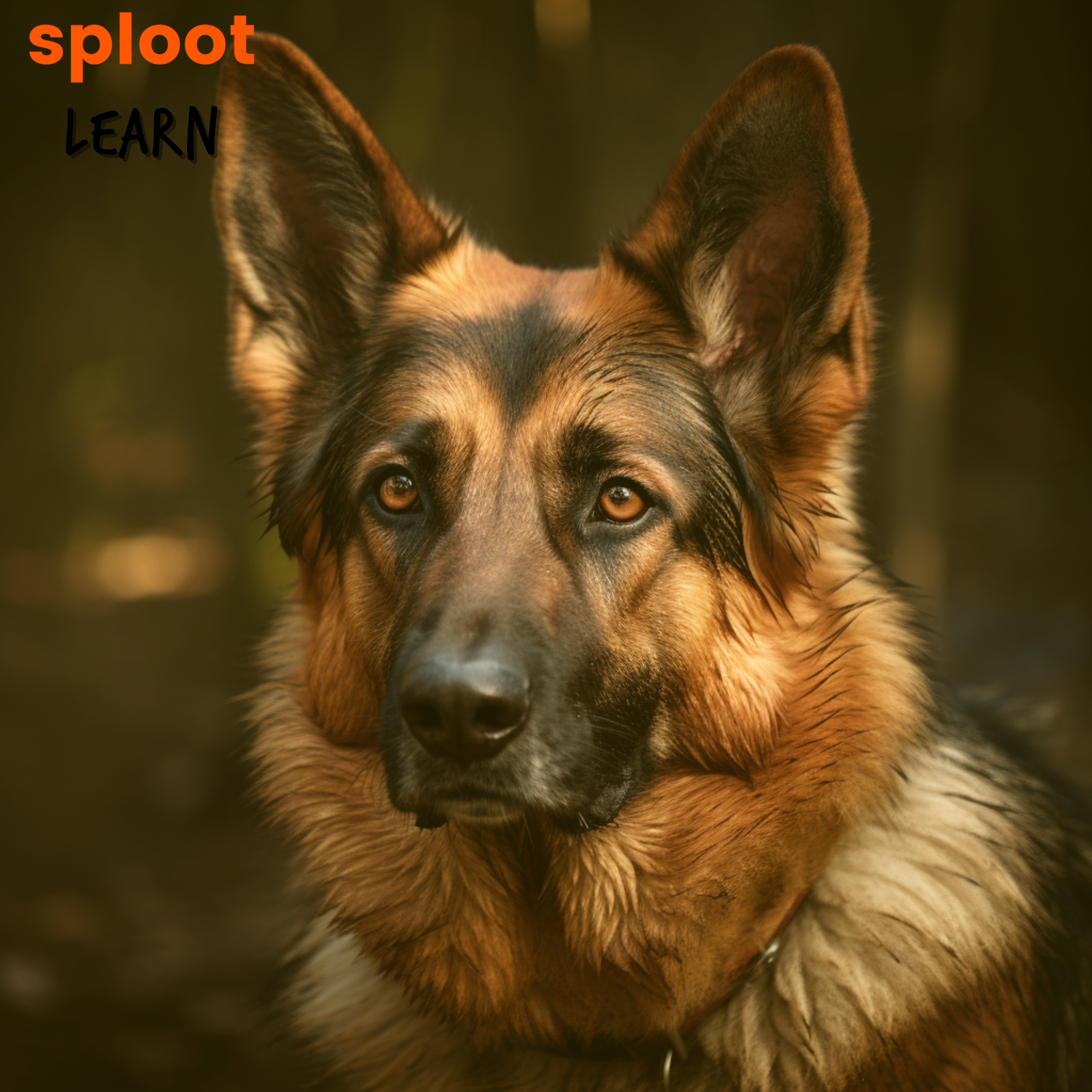How to Decode Dog Body Language for Better Communication and Understanding

Understanding the subtleties of dog body language is essential for anyone looking to deepen their relationship with their canine companion. Dogs communicate primarily through body signals, expressing everything from joy and excitement to fear and aggression. Learning to interpret these signals can significantly enhance the bond between dogs and their owners, leading to better communication and a deeper understanding. This blog offers insights into decoding dog body language, providing a guide to what your furry friend might be trying to tell you.
Tail Wagging: More Than Just Happiness
While a wagging tail often indicates happiness, its meaning can vary with the tail's position and movement. A high, stiff wag can signal alertness or aggression, while a low, slow wag may indicate insecurity. Observing the tail in conjunction with the overall body posture provides a clearer picture of your dog's emotional state.
The Eyes: Windows to the Soul
Dogs use their eyes expressively. Soft, relaxed eyes usually mean a dog is calm and happy. In contrast, hard, direct stares can be a sign of challenge or aggression, particularly if the dog's body is tense. Averting the gaze, often with a turned head, usually indicates submission or discomfort.
Ears: Tuning into Emotions
Ears are another telltale sign of a dog's feelings. Ears that are held back flat against the head can indicate fear, submission, or appeasement, while ears pricked forward usually show interest or alertness. Some breeds have less ear mobility, so it's important to consider the individual dog's baseline and changes from it.
The Mouth: Smiles and Signals
A relaxed, slightly open mouth can signal a relaxed and happy dog, sometimes seen as a "smile." Lip licking or yawning can indicate nervousness or stress, especially if there's no food present to prompt salivation. A bared teeth grin, without the context of play, can signal aggression or fear.
Body Posture: Reading the Signs
A dog's body posture offers significant clues about their emotional state. A relaxed stance, with a neutral back and no muscle tension, indicates contentment. A crouched position with the tail between the legs suggests fear, whereas a stiff, straight-legged stance can denote aggression or alertness. Play bows, where the front end is down and the back end is up, signal a desire to play.
The Hackles: A Raised Alarm
The hackles, or piloerection, is when the hair on a dog's back stands up. This can occur for various reasons, including fear, aggression, excitement, or even curiosity. It's a physiological response that can help you gauge your dog's emotional reaction to a situation.
Vocalizations: Listening to the Sounds
While not strictly body language, vocalizations are a critical component of canine communication. From happy barks during play to growls of warning or fear, the sounds your dog makes can provide additional context to their physical signals.
Tips for Better Communication
- Observe the Whole Picture: Always consider the entire context of your dog's body language. Single signals can have different meanings in different situations.
- Know Your Dog: Individual dogs have unique ways of expressing themselves. Spend time observing your dog in various situations to understand their specific communication style.
- Respond Appropriately: Once you understand what your dog is trying to communicate, respond in a way that acknowledges their feelings and needs. This can mean giving them space, engaging in play, or offering comfort.
- Educate Yourself: Consider reading books or attending workshops on dog body language for a more in-depth understanding.
Conclusion
Decoding dog body language is a journey of learning and observation, requiring patience and attentiveness. By becoming fluent in your dog's non-verbal cues, you can create a more harmonious and understanding relationship. This not only makes for happier dogs but also more fulfilled and confident dog parents. Remember, communication is a two-way street; as you learn to understand your dog better, you'll also become more adept at communicating your feelings and intentions to them.

